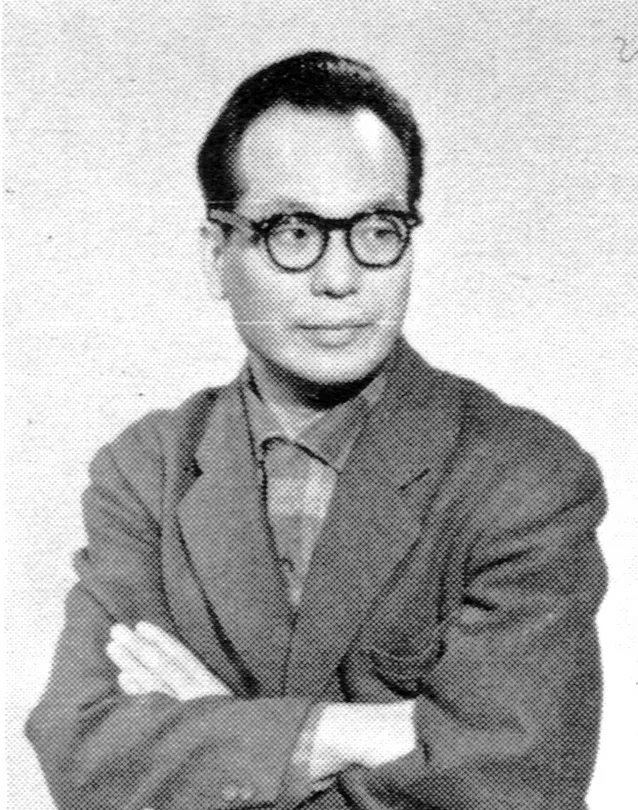



Information
Content includes:
Masashiro Yamaguchi Works Space and Composition / Katsue Kitazono
Olivetti Design Policy / Masaru Katsumi
Yoshio Hayakawa Works Artist/Designer / Jun Hamamura
Print Design Laboratory ② Trump / Tadao Ujihara, Ensuke Kawasaki, Tadashi Ohashi, Akira Uno
Unsun Carta / Ichitaro Kondo
Abstraction and Design / Masaru Katsumi
Children’s Design Children’s Calligraphy / Noriaki Fujisawa
’60 Calendar / Kohei Sugiura, Ikko Narahara
Graphic Design / グラフィックデザイン, delved into the world of graphic design and visual culture. The magazine featured a broad range of content, including coverage of cutting-edge Japanese design and its history, as well as international graphic design.
Details
Linked Information


